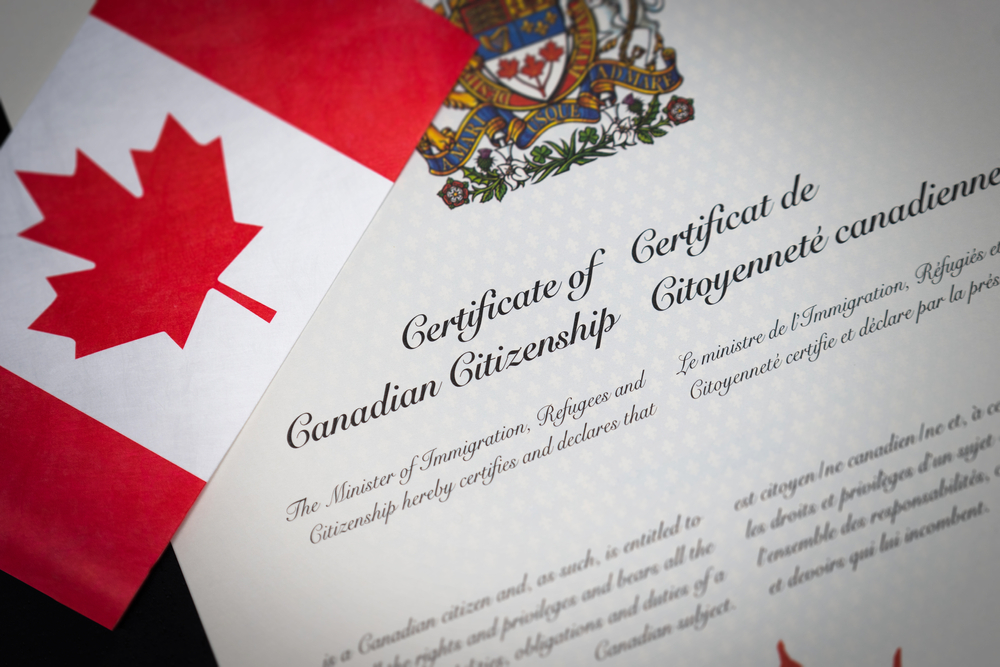Given the processes involved in immigration, it may be quite difficult to secure permanent residence in foreign countries. However, the IRCC, Immigration, Refugees and Citizenship Canada, brings us good news as it introduces 6 new pathways for 90,000 essential workers and international students to gain permanent residency, with a limitless number of French-speaking applicants.
Now, let us take a closer look at how this will work.
Marco Mendicino, Canada’s Minister for Immigration announced these programs on April 14. From this, we learn that three of the programs will offer permanent residency to 90,000 new immigrants. The other three will be offered to French-speaking immigrants and will have no limit on intake.
These new programs will be for international students who have graduated from Canadian educational institutions, and for temporary workers in health occupations such as hospitals, as well as those on the frontline of other non-health essential occupations.
This is how the IRCC will start accepting applications as from May 6:
- 20,000 for temporary workers in health sectors
- 30,000 for temporary workers in other specified non-health essential sectors
- 40,000 for international graduates from Canadian educational institutions
These streams will be open till November 5, 2021, or until the program limit is reached.

What is required?
40 healthcare occupations and 95 other essential sectors such as food distribution and production as well as caregiving will be the beneficiaries of these new policies.
There are however some conditions that need to be met.
First off, for you to qualify as a worker you need to have a minimum of one-year work experience in Canada, either in the health sector or any other pre-approved essential job. As for international students, you are required to have graduated from a Canadian educational institution within the past four years, not earlier than January 2017.
Another requirement is for the workers and students to have mastery in one of the official languages in Canada and meet general requirements They should be available, working in Canada, and authorized to work at the time of the application.
After a long-anticipated wait
After announcing the largest immigration targets in Canada’s history, Marco Mendicino had indicated that Canada would have to introduce ways to make permanent residence applications a priority for temporary residents already in the country. This was to counter the population growth declines caused by reduced immigration in 2020. And finally, after a long wait, they have launched the new immigration programs.
Canada plans to receive up to 1.2 million new immigrants over the next three years. From this, 401,000 are expected to be permanent residents in 2021. However, with travel restrictions still in place due to Covid-19, we are yet to see if they will be able to achieve this target.
To facilitate integration into Canada’s labor market, it offers over 100 diverse economic-class programs which award extra points to people with Canadian experience. In this way, it promotes a wider distribution of immigration across the country. Communities and smaller cities are also able to retain international students and temporary foreign workers that have gotten established locally.






